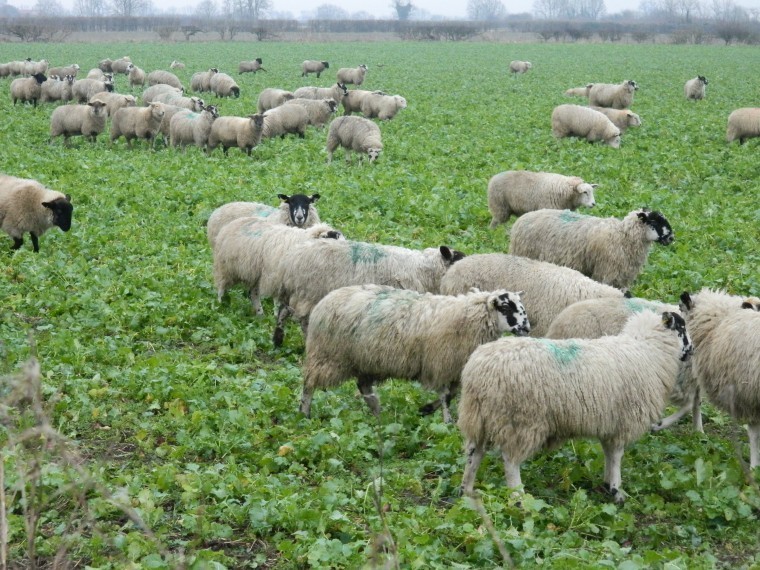Introducing sheep into arable rotations holds many benefits and this system is already steadily increasing in many eastern arable areas.
‘Flying Flocks’ refers to a flock of sheep that doesn’t breed its own replacements and which are usually brought in to finish on arable land and crops, says Martin Titley, director of marketing for forage crops with breeders Limagrain UK.
So, what are the benefits and is this something that arable farmers should be considering?
“Soil always benefits from increased organic matter. Manure from grazing animals is slowly released and can be utilised by the arable crops following in the rotation. Sheep generally defecate more evenly and are less damaging to the soil than cattle and should therefore be the animal of choice.”
Sowing grass leys or fast-growing brassica crops can also help combat black grass. The crops can be grazed off which can help with the switch to a spring sown arable crop, he points out.
“Grass leys can be sown in spring or autumn and can be grazed for a period of 1-3 years and are great for black grass infested fields. Mixtures such as Sinclair McGill Lambtastic includes beneficial herbs such as Chicory and Plantains as well as White Clovers, which will finish lambs and help with the soil structure.”
“Mixed species on the farm helps crop diversity and for many, may help unlock environmental scheme payments for grazed crops and fencing. There’s also the option of developing a partnership with other farmers, and also encouraging young farmers to have a stake in a new enterprise, can be rewarding to both parties.”
If all of this sounds attractive and something that may work on your farm, then the next step is to think about cropping, he says.
“Consider what you want to use the crop for and when it needs to be ready for feeding – this will help with the choice of forage crop.”
There are several options:
Stubble turnip Samson – easy to grow; crops are usually sown after barley in July and early August. They are fast growing, with some crops being ready to feed in 12-14 weeks.
Tonnes fresh yield/ha 38-45
Growing costs/ha £305
Forage rape Rampart – another fast-growing brassica crop that can be sown in June to August. It is more winter hardy than stubble turnip, so crops can be left for later use.
Tonnes fresh yield/ha 24-35
Growing costs/ha £408
Kale Pinfold – great for providing huge feed yields that can be grazed into February, but crops need to be sown earlier, in May to June.
Tonnes fresh yield/ha 60-65
Growing costs/ha £496




